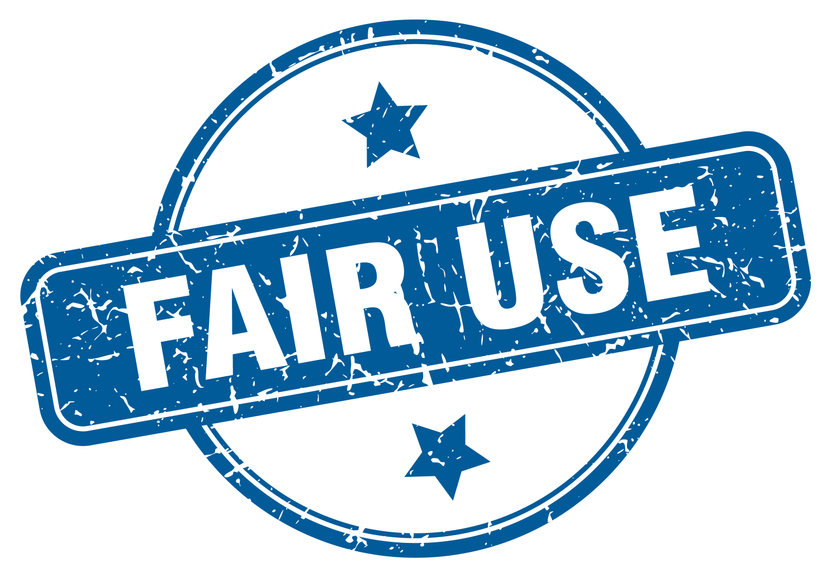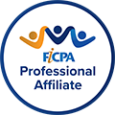In the United States, copyright law seeks to protect the original works of authors from unfair use and exploitation. In particular, U.S. copyright law focuses on protecting five elements of original works: reproduction, distribution, public display, public performance, and derivative works. Vested in these rights is also the authority to preclude others from exercising those rights without the author’s permission. However, while these rights were created with the intention of protecting original works from use by unauthorized parties, certain exceptions have been created that allow specific individuals, groups, and organizations to use copyrighted works without the author’s approval.
What is the Fair Use exception in copyright law?
One of the freedoms guaranteed by the First Amendment of the U.S. Constitution is the freedom of expression. This prohibits the government from restricting the press or individuals from speaking freely. In terms of copyright law, this means that a work’s copyright may not interfere with the rights of others to freely express themselves; anything to the contrary would be a violation of the First Amendment. As a result, the Fair Use exception was formed to promote freedom of expression and ensure that it is not infringed upon by copyright-protected works. This does not permit anybody to use a copyrighted work and claim Fair Use, but instead establishes a series of elements under which the unlicensed use of copyrighted works is legally protected.
What uses are protected under the Fair Use exception?
As it currently stands, the Fair Use exception identifies the following four uses as permissible for unlicensed use: criticism; comment; news reporting; and teaching, scholarship, and research. As a result, if a copyright-protected work is used under any of these conditions, the copyright holder is likely prohibited from seeking a legal remedy for the work’s unlicensed use. Teaching, in particular, is a popular subject under the Fair Use Exception, with teachers often utilizing copyright-protected works, such as books, for educational purposes. Without the Fair Use exception, teachers would have to obtain permission from copyright holders each time they seek to use one of their works in the classroom, as well as properly compensating the copyright holder for such use.
In addition, for copyright-protected works that do not neatly conform to the four main exceptions, there are four other factors that may be evaluated to grant a work permission under the Fair Use exception.
The first of these factors concern the purpose and character of the use. This may be further divided into commercial, non-commercial, and transformative use. They are all concerned with how the copyright-protected work is intended to be used. In general, works being used for commercial purposes are less likely to be considered Fair Use, while those being used for non-commercial purposes are more likely to qualify as Fair Use. Importantly, however, this is not a concrete definition, and there may be instances in which a non-commercial use may be denied Fair Use and vice versa. Transformative use is slightly different as it adds something new to a copyrighted work. Nevertheless, it is more likely to be considered fair.
The second factor focuses on the nature of the copyrighted work. Examples of this include works of fiction and non-fiction. More often than not, works of fiction, such as novels or films, are less likely to qualify for Fair Use, while non-fiction works, such as news articles or research journals, are likely to qualify for Fair Use.
Third, the amount and substantiality of the portion used may be evaluated when deciding whether a work qualifies under the Fair Use exception. While this factor is highly relative, it mostly focuses on the quantity and quality of the original work that is being used. For example, using a small piece of a copyright-protected work is more likely to be considered Fair Use, as opposed to using a large portion of the work.
The final factor to consider is the effect of the use upon the existing or future market for the original work. For example, if the use of a work is likely to expand the popularity and value of a work, Fair Use is more likely to apply. On the contrary, if a work is likely to depreciate, Fair Use is much less likely to apply.
What is the purpose of a Fair Use Notice?
While the majority of videos, podcasts, and other mediums which utilize copyright-protected works tend to include a notice explaining that their use of such works is in accordance with the Fair Use exception, such a disclaimer has no legal effect. This is because a Fair Use analysis can only be conducted by a judge after a copyright infringement lawsuit has been filed. Fair Use, therefore, functions as a defense that a user may raise when confronted with a lawsuit. Given the large number of content creators that heavily rely on copyrighted works, the best recommendation is for them to restrict their use of copyrighted works to one of the four primary uses: criticism; comment; news reporting; and teaching, scholarship, and research.
What are the liabilities for copyright infringement?
The liabilities for copyright infringement vary in accordance with the harm suffered by the copyright holder. As a result, monetary damages for copyright infringement may range from $750.00 to $30,000.00 per work. However, when willful copyright infringement has taken place, the statutory damages may be as high as $150,000.00 per work.






